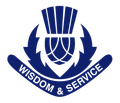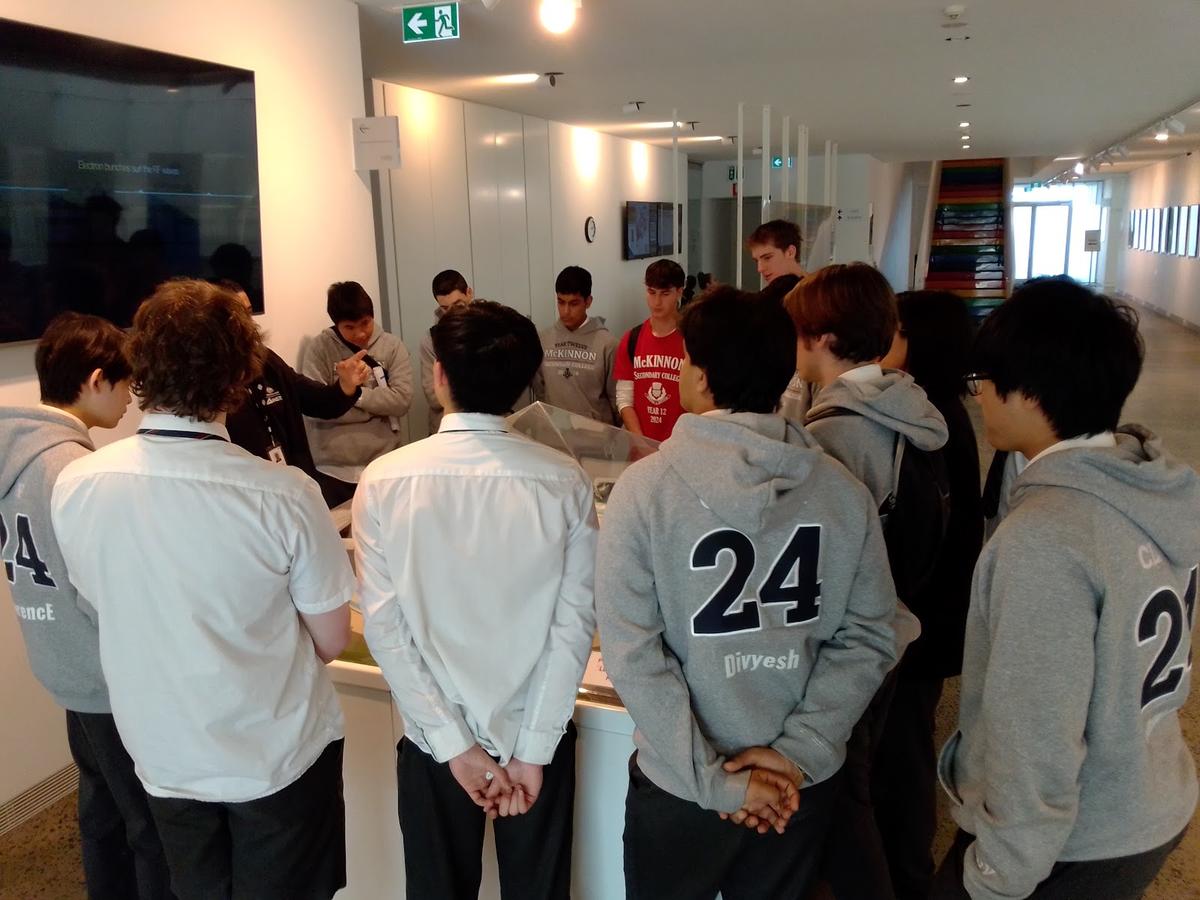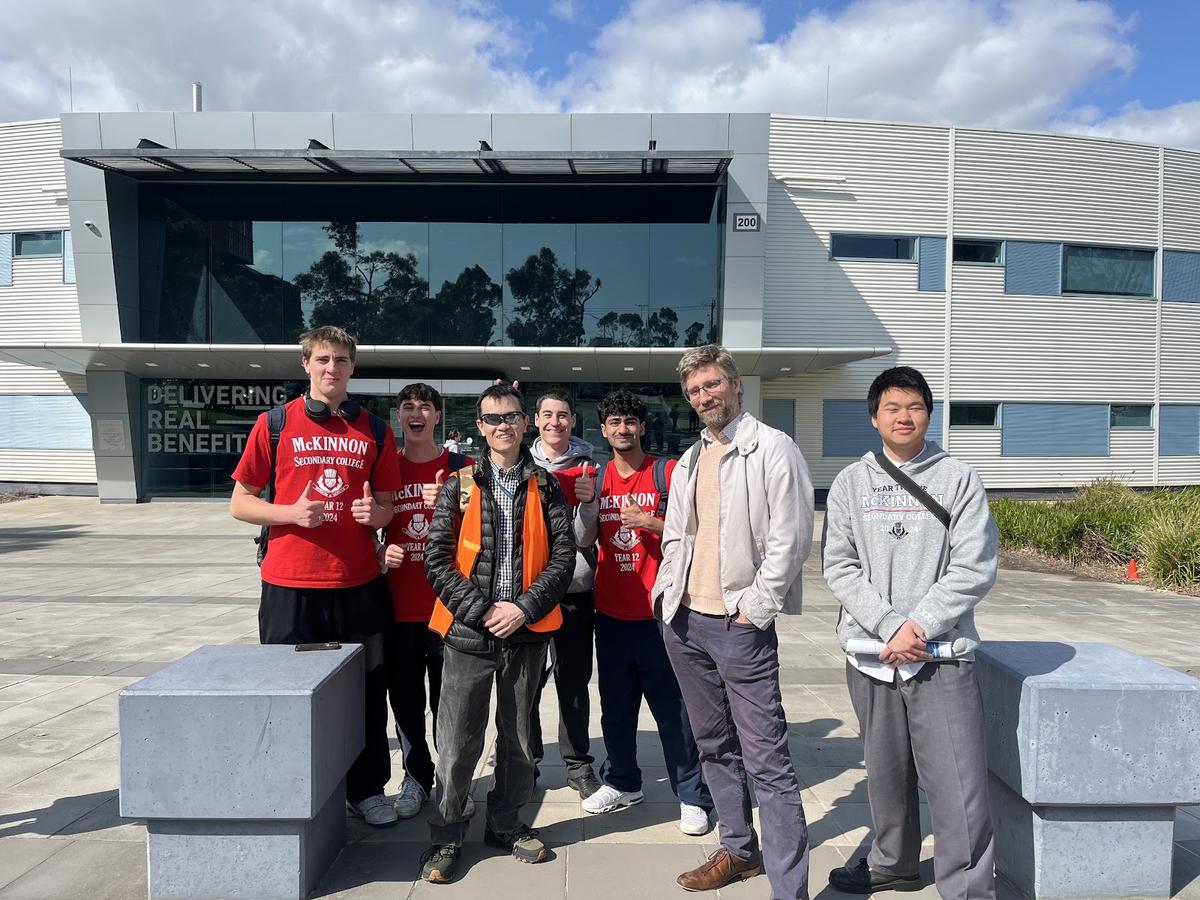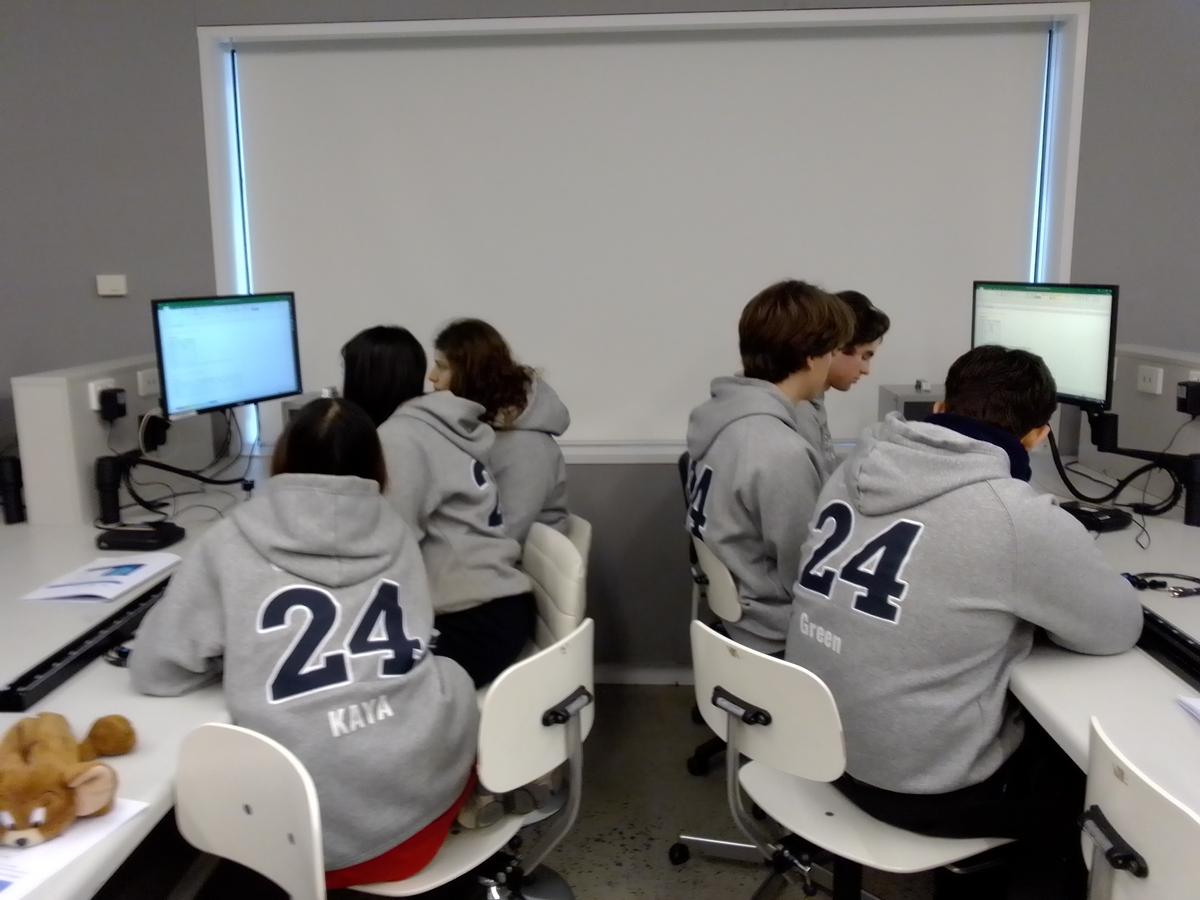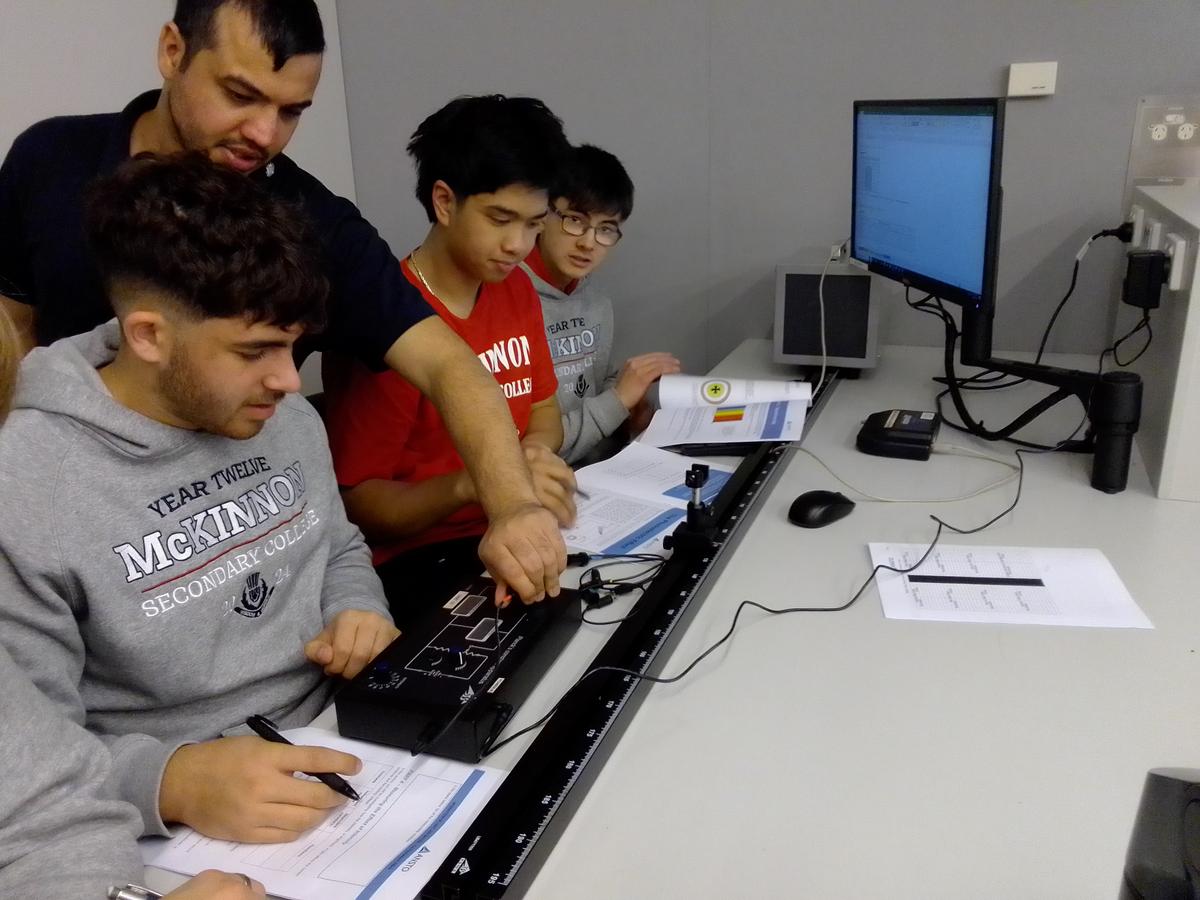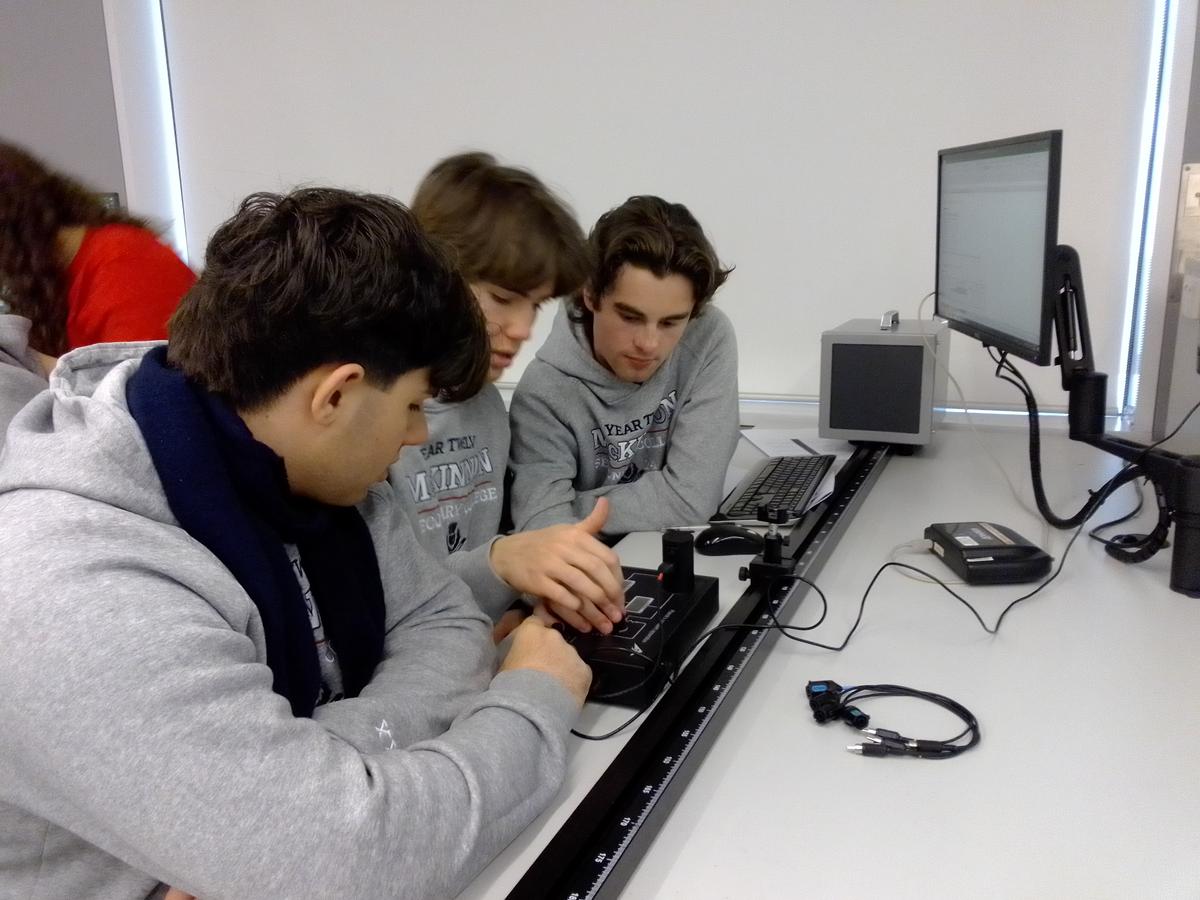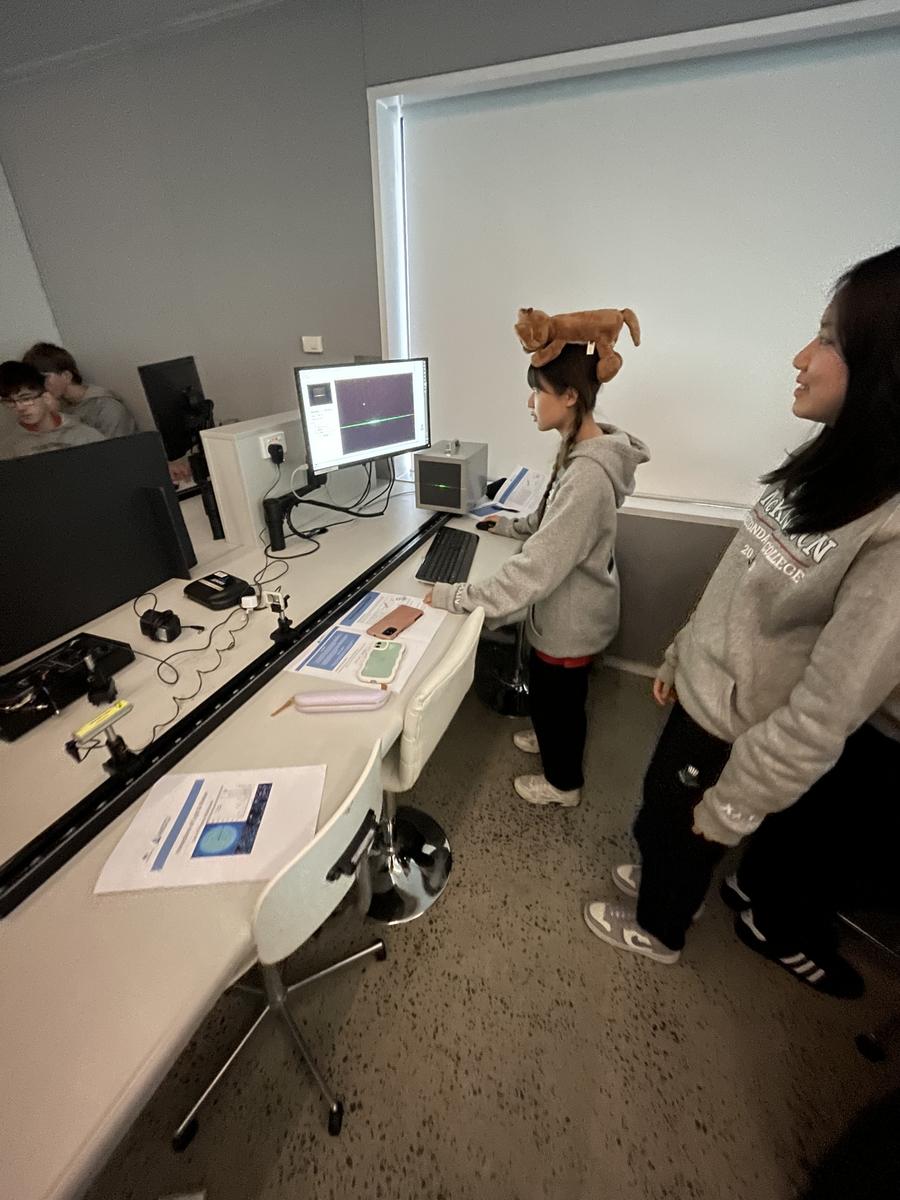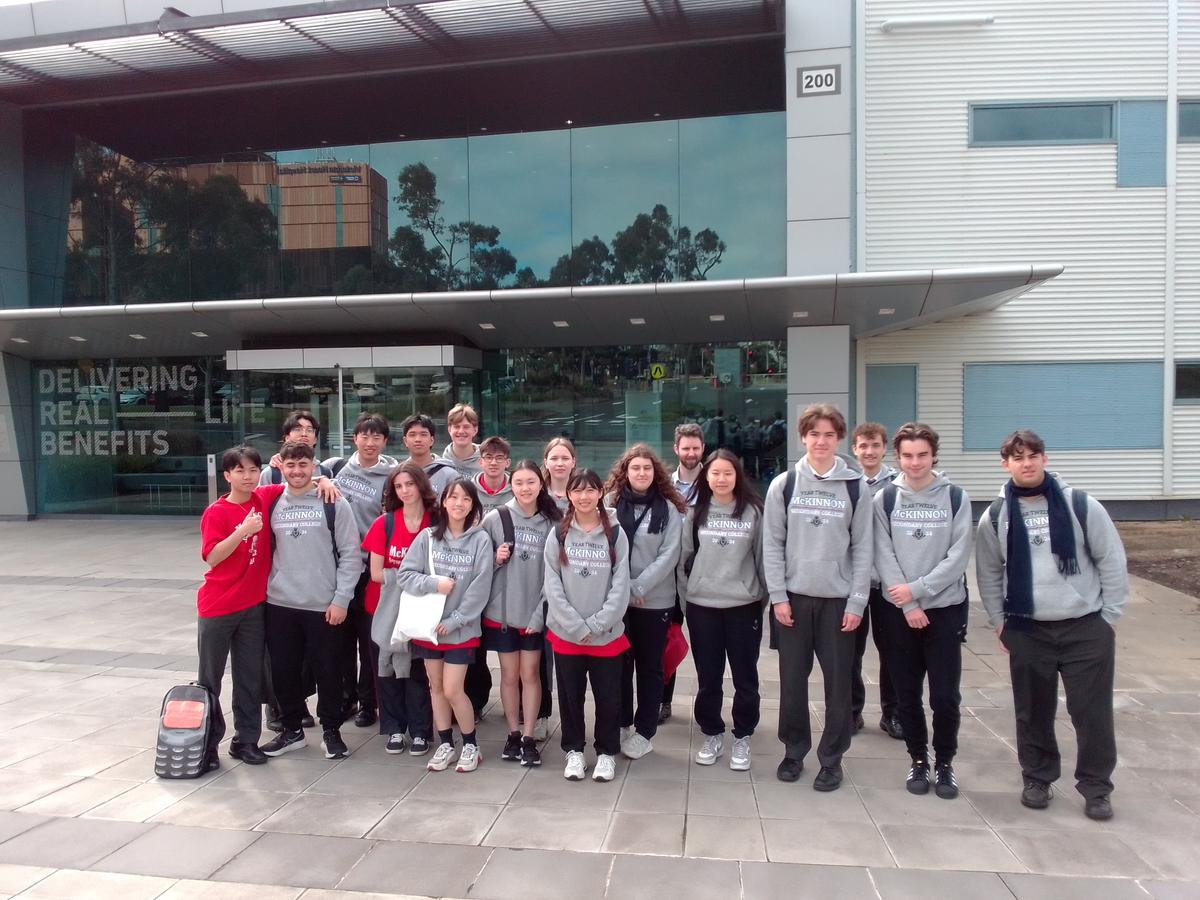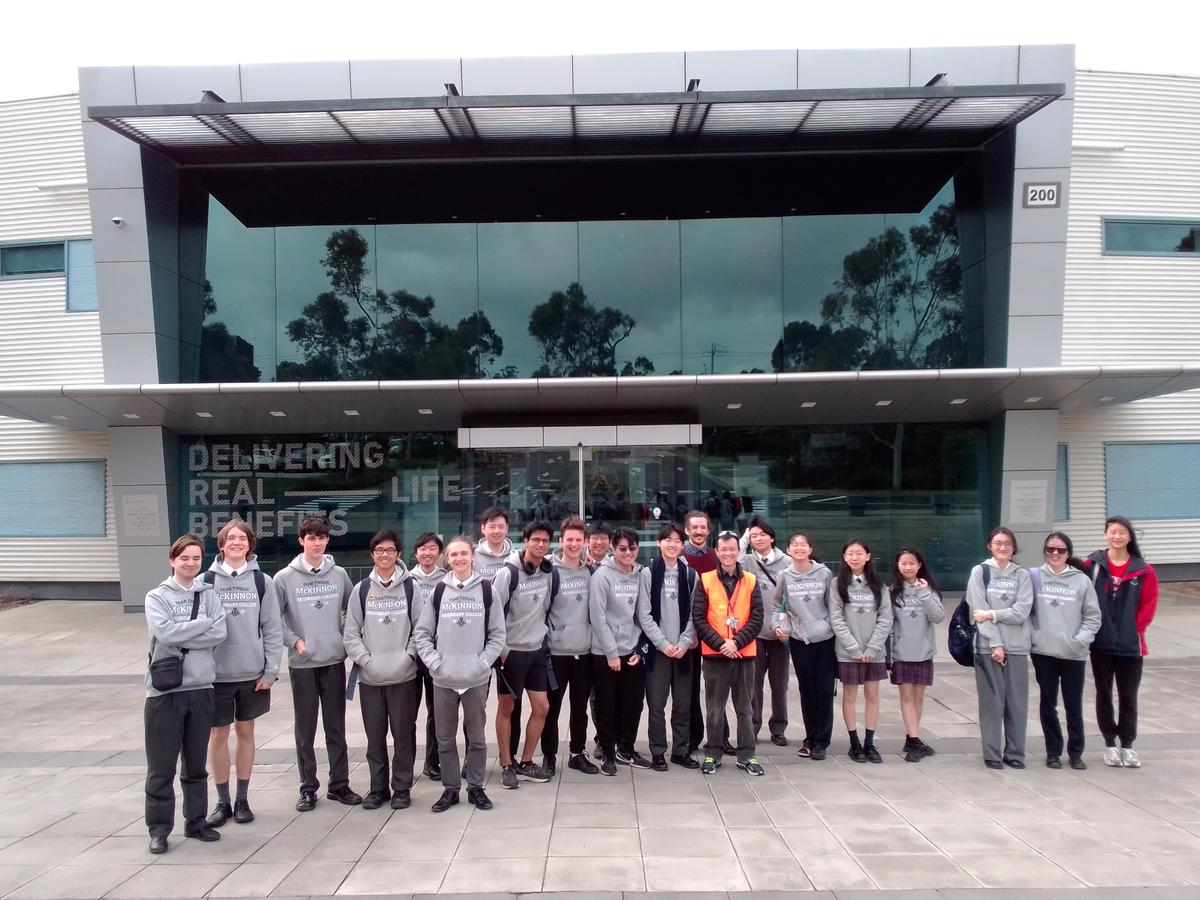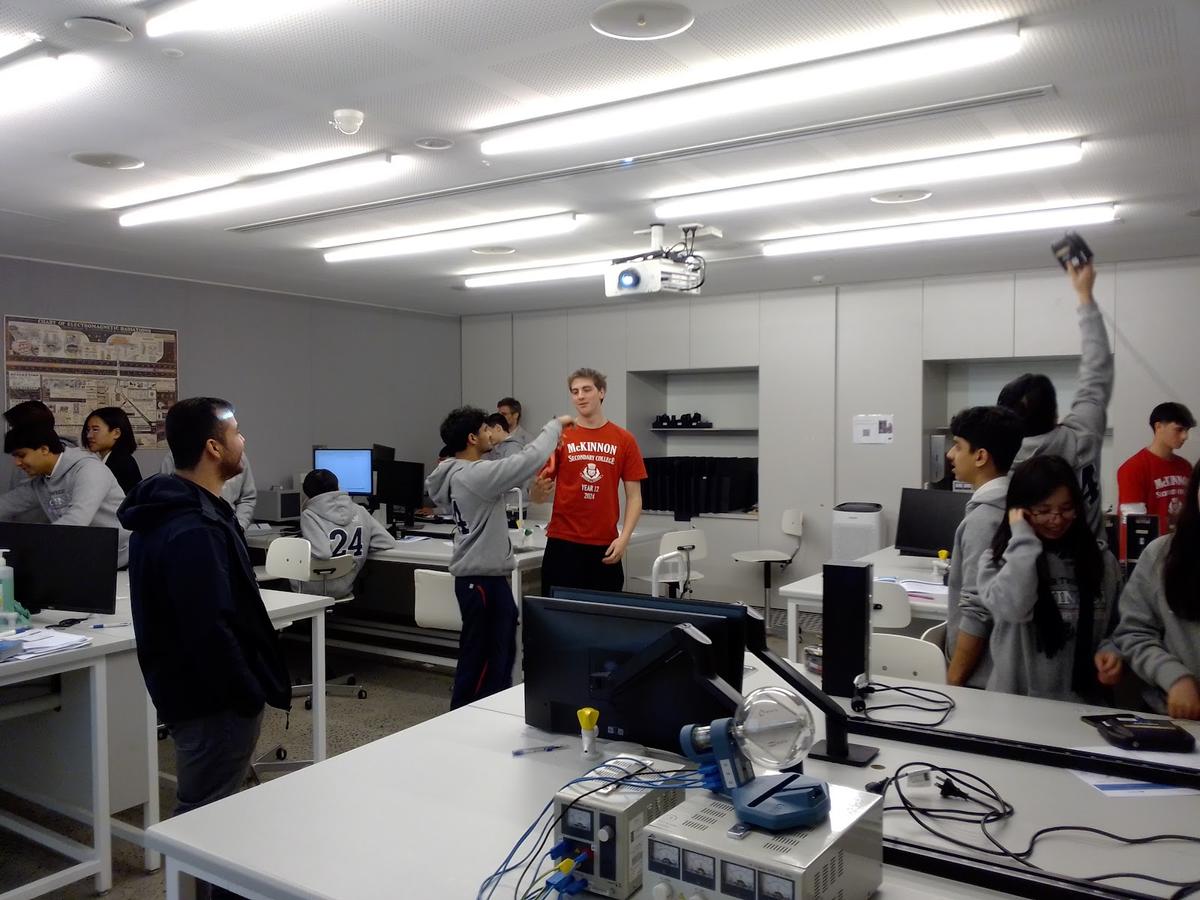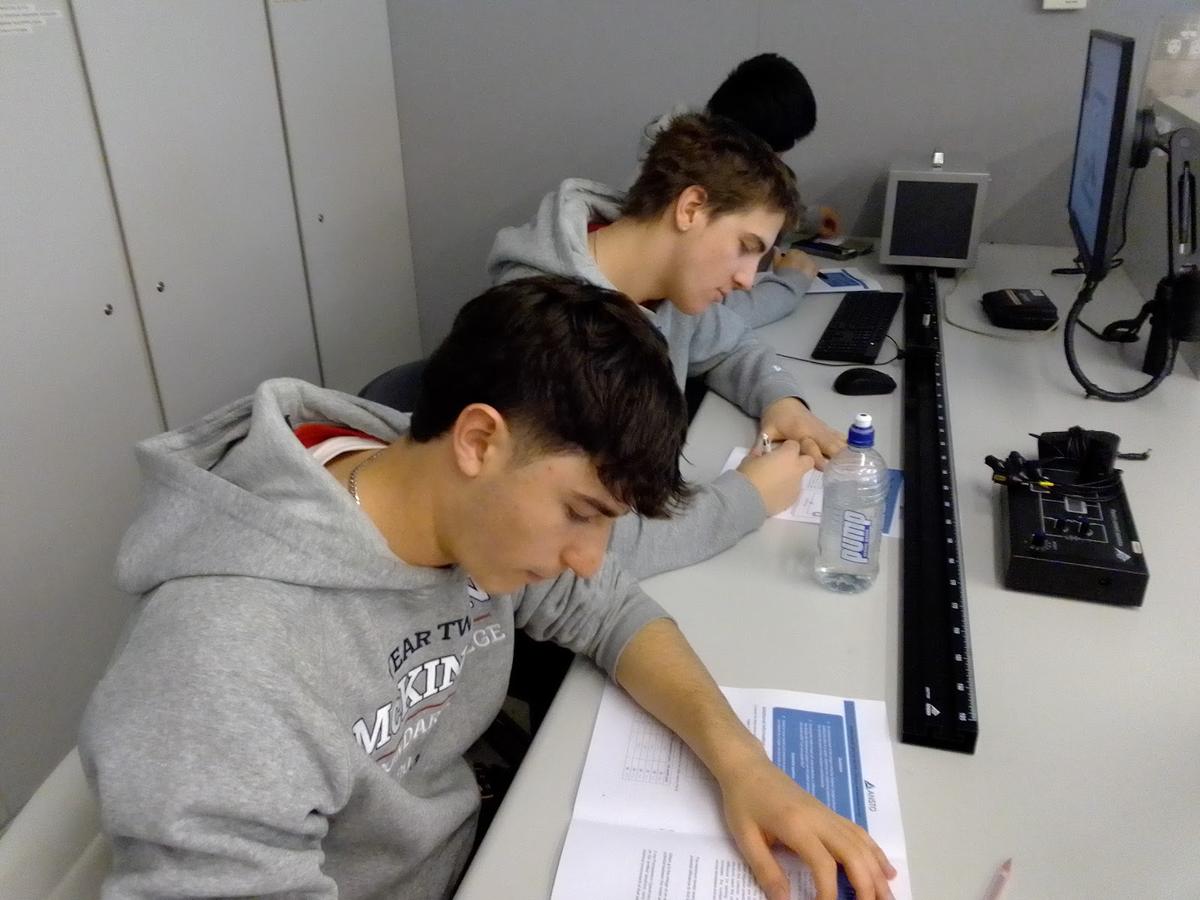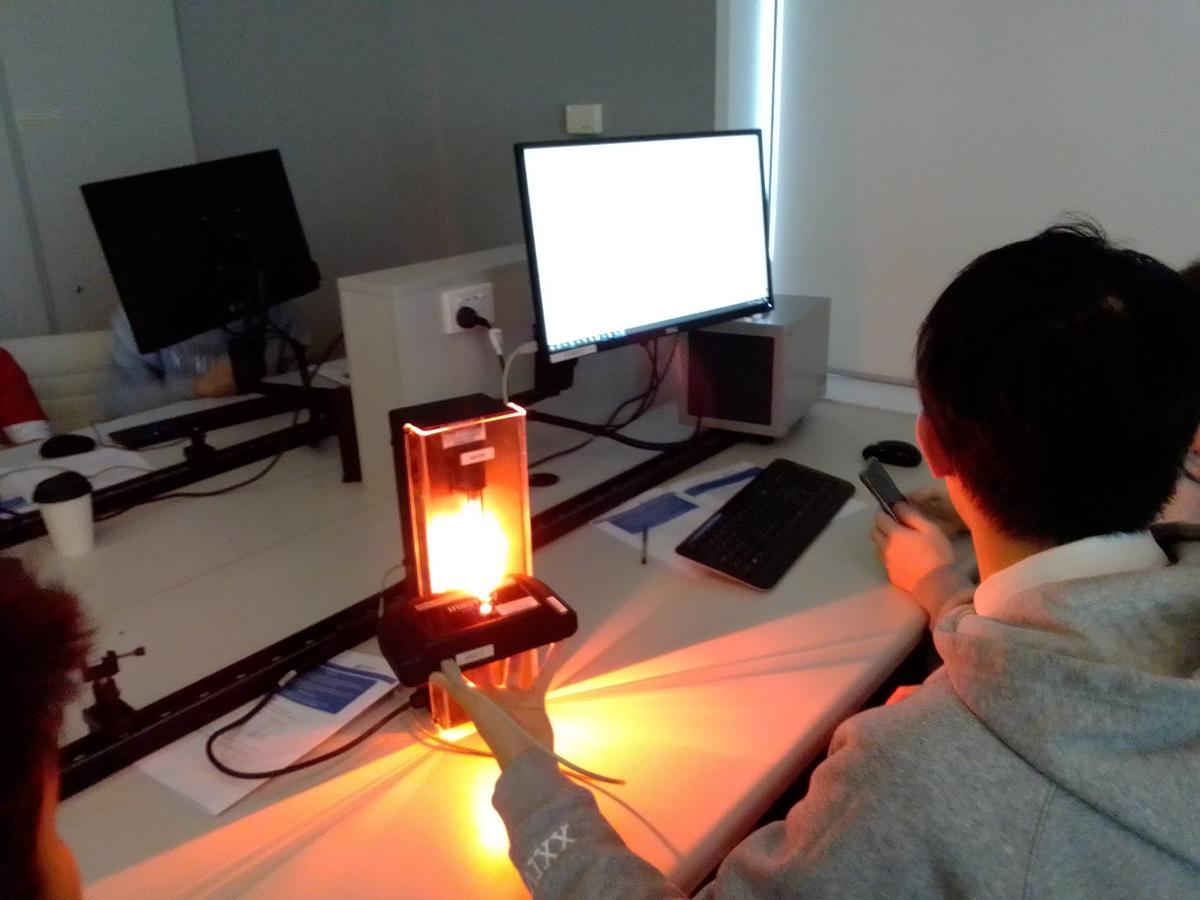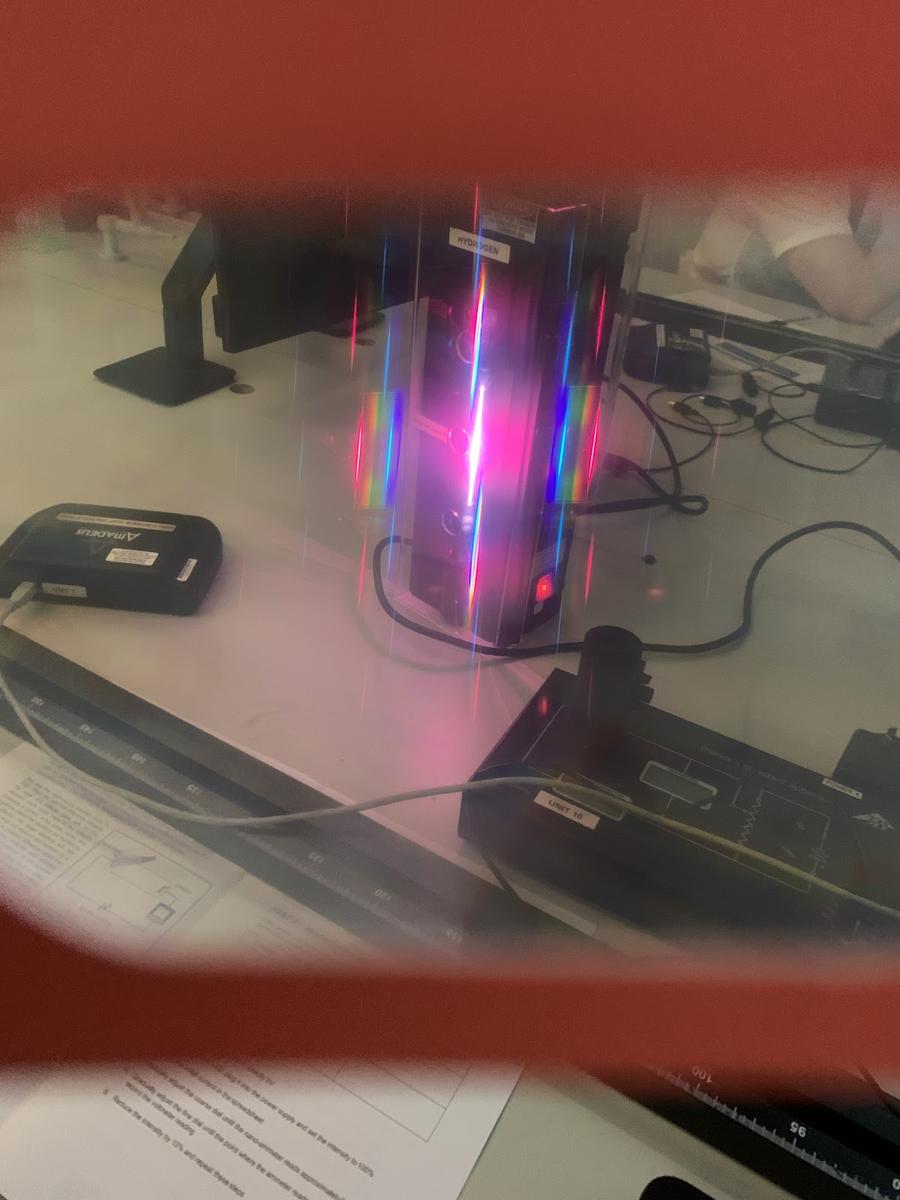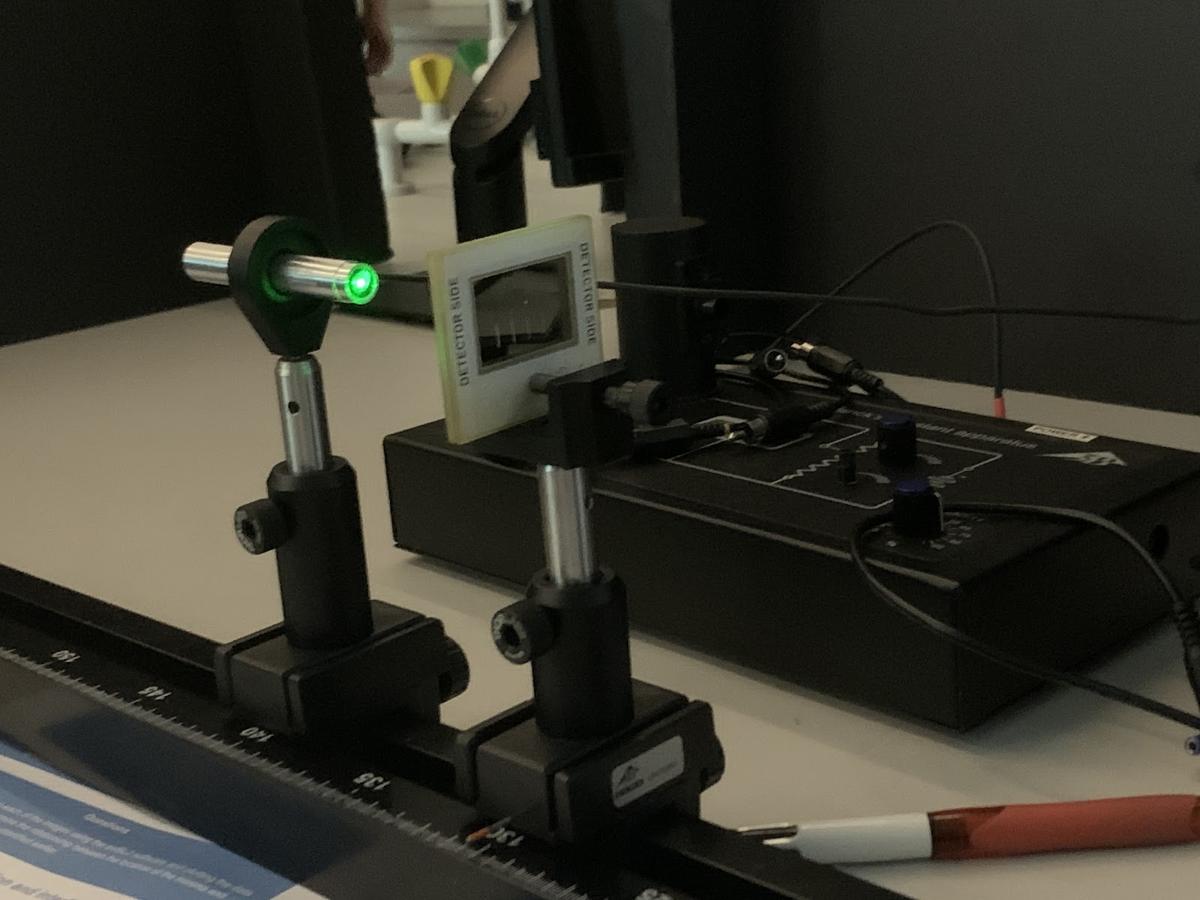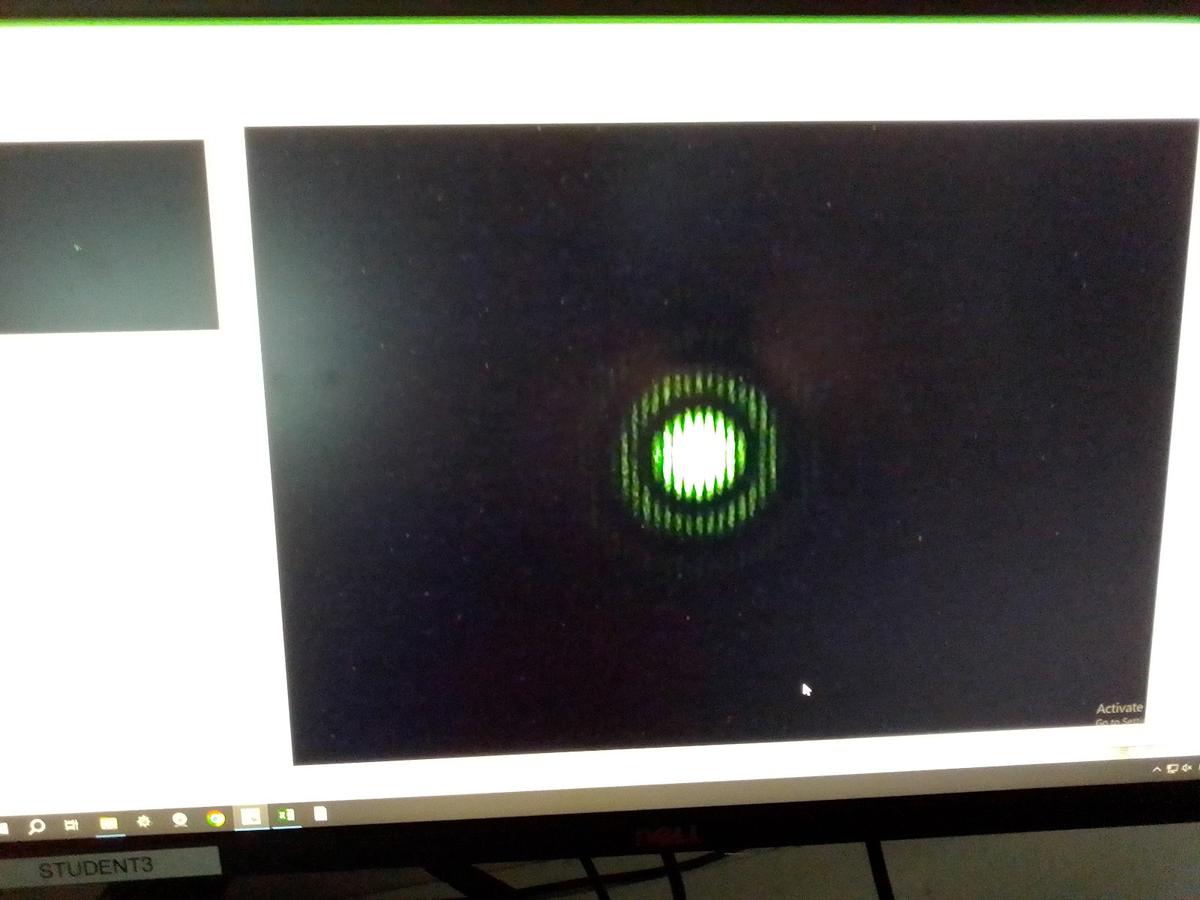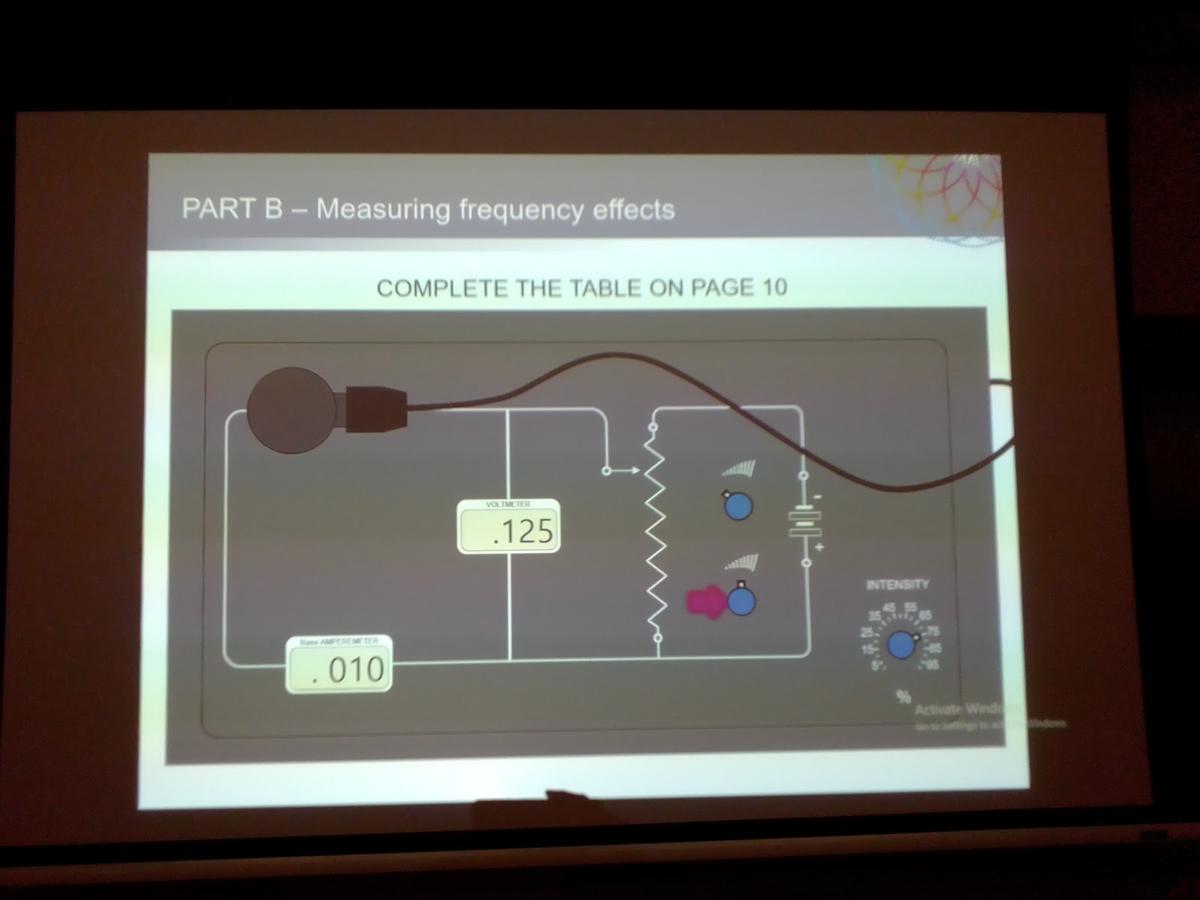SCIENCE
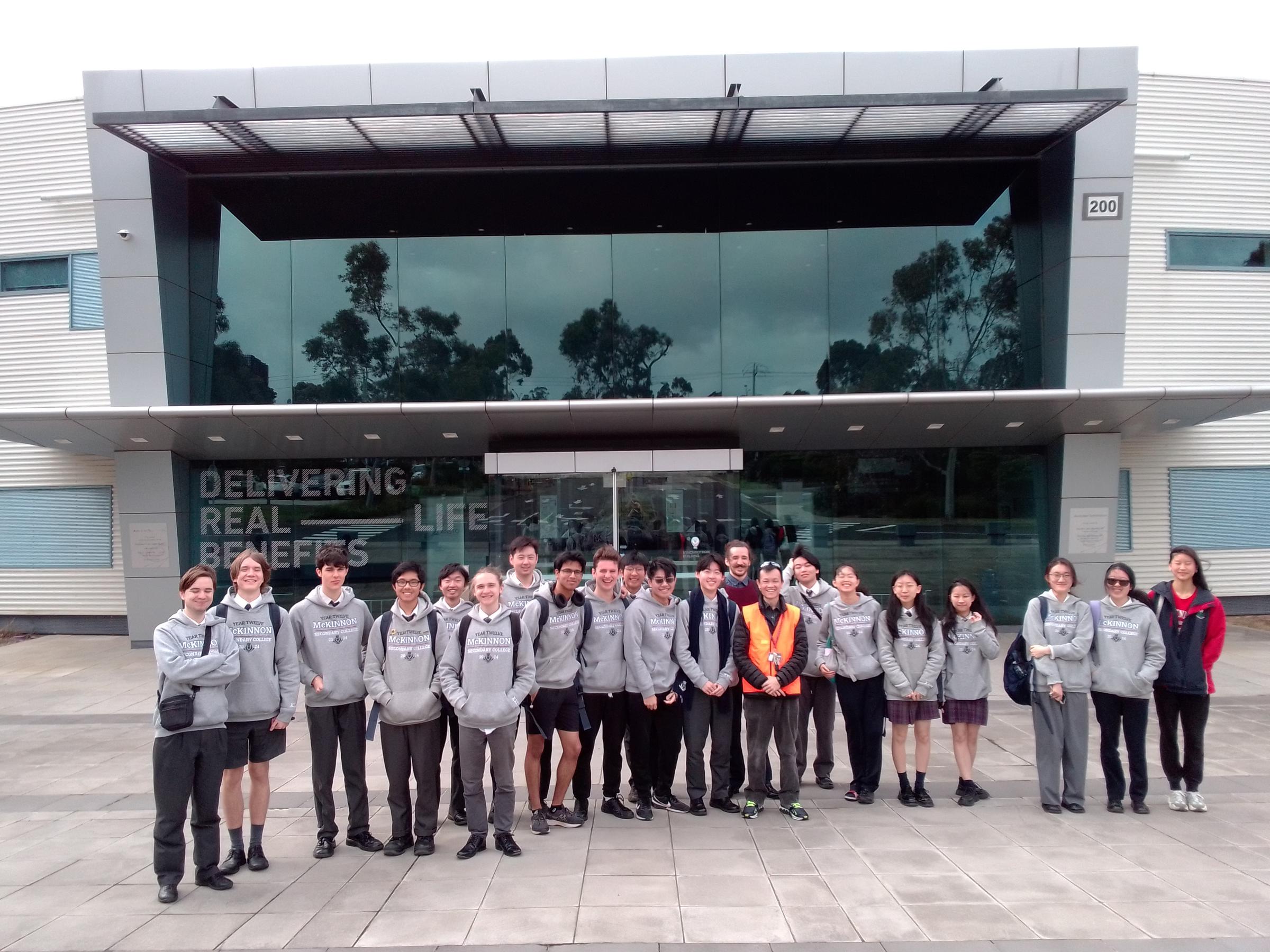
YEAR 12 PHYSICS - SYNCHROTRON EXCURSION
Recently on Thursday 12 and Thursday 19 September, 54 Physics students in Year 12 participated in the ANSTO (Australian Nuclear Science and Technology Organisation) one-day science program at the Australian Synchrotron.
The Synchrotron is conveniently located in Clayton, just opposite Monash University and the newly built Victorian Heart Hospital. It supports a broad range of high-quality research across medicine, nanotechnology, manufacturing and mineral exploration. This educational event showcased some of the most important scientific discoveries done at this world-class facility since 2007.
Researchers from Swinburne University conducted a presentation of the Synchrotron facility, as well as running an immersive laboratory session where students had the opportunity to explore key curriculum concepts such as interaction of light & matter, and nuclear physics.
In the laboratory experiments, students were given access to university-grade imaging and detector equipment, analysis software, as well as class-2 lasers. They conducted experiments on diffraction and interference of laser beams using single- and double-slits, observed and measured the energy of the surface electrons on a tungsten metal plate when light is shone on it (a phenomenon known as photoelectric effect) and analyzed the emission spectra of various light sources.
In the image below, a student is using a special lens to see the spectrum of light produced by a Hydrogen lamp.
Below is an image of a green laser going through a very small aperture (1000th of a mm).
One can clearly see (after magnification) the concentric rings of circles (from diffraction) and the vertical lines (from interference).
It was an excellent opportunity for students to put their Unit 4 Physics knowledge to practical use, as well as appreciating how these techniques can be extended to cutting-edge technologies that have changed our lives from medical treatment and material manufacturing to non-destructive forensic analyses of ancient artifacts and rare artworks.
In short, it was a fantastic experience for all involved. We would like to thank the dedicated Year 12 Physics teaching team: Mr Joy, Mr Grantham-Smith and Mr Stevenson for supervising the three groups and assisting with the logistics.
Dr Sandy Law
Event organizer & driver
